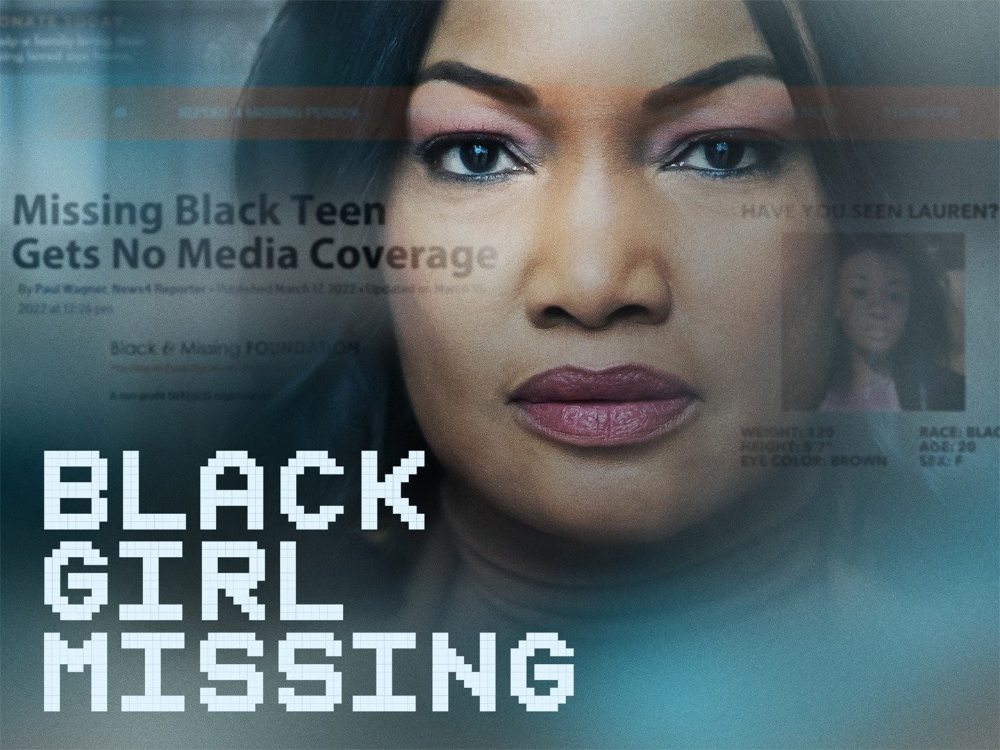Introduction
In the realm of true stories, there exists a profound and often overlooked narrative – the stories of Black girls who have gone missing. This article delves into the riveting, yet often heart-wrenching, stories of real-life cases that have captured media attention, inspired movies, and prompted advocacy from individuals and organizations dedicated to bringing these stories to light. From Lifetime movies to headlines that echo through time, the narratives of missing Black girls are a stark reminder of the challenges faced by women of color, both in the media and in real life.
The Lifetime Movie Phenomenon
Lifetime, known for its compelling and sometimes controversial true-story adaptations, has taken on the responsibility of bringing the stories of missing Black girls to a wider audience. The network has produced movies that shed light on the lives, struggles, and disappearances of these girls, aiming to not only entertain but also to raise awareness about the prevalence of these cases.
One such film is “Girl in the Basement,” which tells the harrowing true story of a young Black girl named Marley Taylor, who was held captive in her own home for over a decade. The movie serves as a stark reminder that the real stories of missing Black girls often involve unimaginable struggles and resilience in the face of adversity.
Garcelle Beauvais and the Lifetime Connection
Actress and author Garcelle Beauvais has been a prominent figure in the portrayal of these true stories on the Lifetime network. Through her involvement in movies like “Girl in the Basement” and “Me, Myself & Di,” Beauvais has used her platform to amplify the voices of missing Black girls and the challenges they face. Her performances bring an emotional depth to the characters, providing viewers with a window into the real-life experiences that inspire these films.
Cheryl’s Story: A Lifetime Movie Recapped
One of the Lifetime movies that garnered significant attention is “Who Took Johnny?” The film is based on the real-life case of Johnny Gosch, a paperboy who went missing in the 1980s. While the movie primarily focuses on Johnny, it delves into the experiences of other missing children, including a Black girl named Cheryl. The portrayal of Cheryl’s story sheds light on the intersectionality of these cases, emphasizing the importance of acknowledging the unique challenges faced by missing Black girls.
Media Attention and Black Girls Lost
Despite the media’s ability to shape narratives and capture public attention, the stories of missing Black girls often struggle to receive the same level of coverage as cases involving individuals from other demographics. This disparity in media attention reflects broader issues of systemic racism and bias, where the lives and disappearances of Black girls are not given the prominence they deserve.
The Real-Life Foundation: Advocacy Beyond the Screen
Beyond the realm of movies and media, there are organizations and foundations working tirelessly to address the issue of missing Black girls. The Black and Missing Foundation, founded by Derrica and Natalie Wilson, aims to bring awareness to the stories of missing people of color. Through their efforts, the foundation strives to ensure that these stories are not overlooked, emphasizing the importance of representation and advocacy.
Books as Catalysts for Change
In addition to movies and foundations, literature has played a crucial role in bringing attention to the stories of missing Black girls. Books like “Say Her Name” by Tiffany D. Jackson explore the impact of media sensationalism on the lives of Black girls who go missing. Through fiction, these authors draw attention to the real-life consequences of systemic neglect and the urgent need for change.
Streaming Platforms and the Digital Spotlight
With the rise of streaming platforms like Netflix and Amazon Prime, the narratives of missing Black girls are reaching global audiences. Documentaries and series that explore real cases, such as “Crime Scene: The Vanishing at the Cecil Hotel,” bring the issue to the forefront. These platforms offer an opportunity for a wider audience to engage with the stories, fostering empathy and understanding.
Notable Cases and the Quest for Justice
While media attention may wane, the families of missing Black girls continue their quest for justice. Cases like the disappearance of Relisha Rudd in Washington, D.C., highlight the systemic issues that contribute to the challenges faced by these families. The struggle for justice extends beyond individual cases, calling for systemic changes to address the root causes of the disproportionate impact on Black communities.
Life Goes On: Celebrating the Lives of Missing Black Girls
Amidst the grim realities and challenges, it is essential to celebrate the lives of missing Black girls. The stories of these individuals are not defined solely by their disappearances; they are multifaceted, filled with dreams, aspirations, and the love of their families. Recognizing their humanity beyond the headlines is a crucial step towards fostering empathy and understanding.
Conclusion: Shifting the Narrative
The stories of missing Black girls, both in the realm of movies and in real life, underscore the need for a shift in the narrative. By acknowledging the intersectionality of race and gender, we can work towards dismantling the systemic biases that contribute to the disproportionate impact on Black communities. The media, advocacy organizations, and individuals must unite to amplify the voices of the missing and address the systemic issues that perpetuate these tragedies. Only through collective action can we hope to bring about meaningful change and ensure that the stories of missing Black girls are no longer relegated to the shadows.























+ There are no comments
Add yours